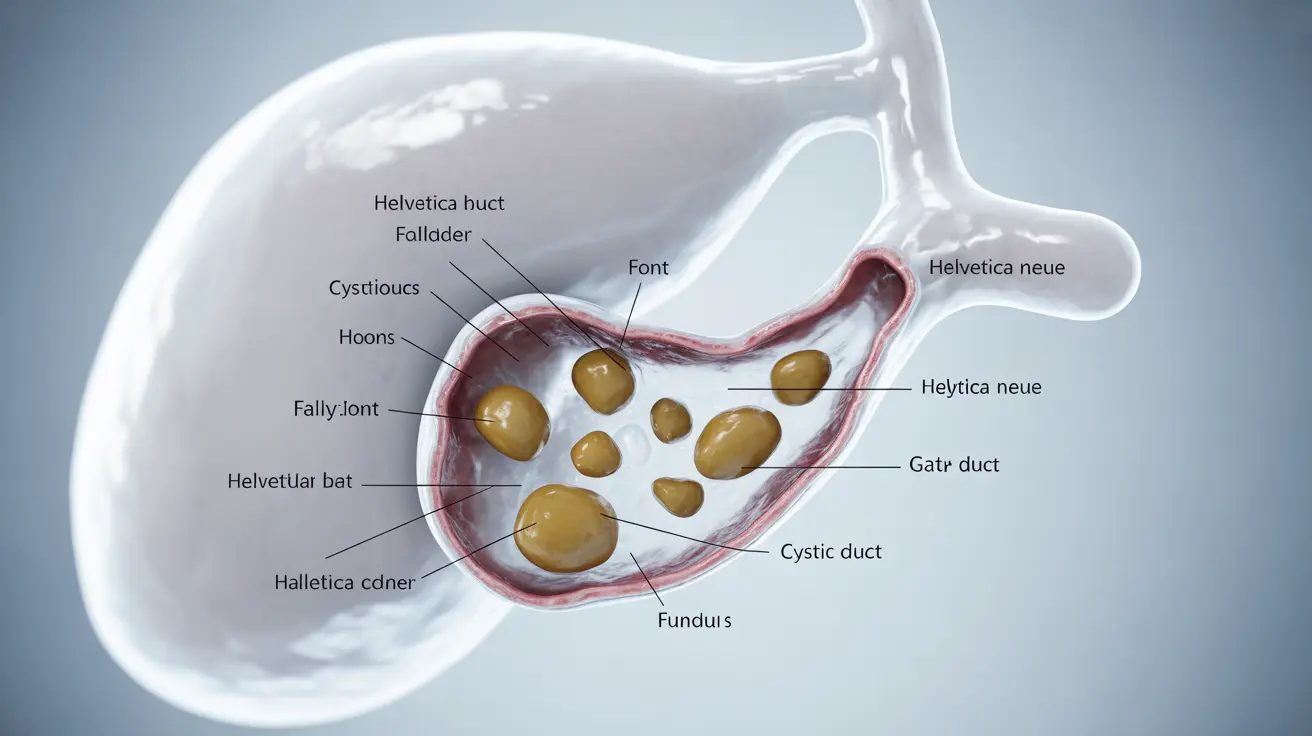The concept of gallbladder cleansing has gained significant attention as a potential natural remedy for gallstone issues. While many people search for alternative treatments to manage gallbladder problems, it's crucial to understand what these cleanses actually involve and whether scientific evidence supports their use.
This comprehensive guide examines the facts about gallbladder cleanses, their purported benefits, potential risks, and what medical science tells us about their effectiveness. We'll also explore proven medical treatments for gallbladder issues to help you make informed decisions about your health.
What Is a Gallbladder Cleanse?
A gallbladder cleanse, sometimes called a gallbladder flush or liver flush, typically involves consuming specific combinations of oils, juices, and herbs over a set period. Common ingredients often include olive oil, apple juice, citrus fruits, and various herbs. Proponents claim these combinations can dissolve or flush out gallstones naturally.
The Science Behind Gallbladder Cleanses
Medical research provides limited support for the effectiveness of gallbladder cleanses. The substances passed during these cleanses, often mistaken for gallstones, are typically soft, soap-like balls formed by the interaction of oil and juice in the digestive system. These are not actual gallstones, which are typically harder and have a different chemical composition.
How Real Gallstones Form
Gallstones develop when substances in bile form crystal-like deposits. They can be composed of either cholesterol or bilirubin and typically require medical intervention for proper treatment. Understanding this formation process helps explain why simple cleanses are unlikely to dissolve established stones.
Potential Risks and Complications
Attempting a gallbladder cleanse can pose several health risks:
- Severe diarrhea and dehydration
- Electrolyte imbalances
- Abdominal pain and discomfort
- Possible interference with existing medical conditions
- Delay in seeking necessary medical treatment
Medical Treatment Options for Gallstones
When gallstones cause symptoms or complications, several proven medical treatments are available:
- Laparoscopic cholecystectomy (minimally invasive surgery)
- Medications to dissolve certain types of gallstones
- Sound wave therapy for specific cases
- Dietary and lifestyle modifications
Warning Signs: When to Seek Medical Care
Certain symptoms warrant immediate medical attention:
- Severe abdominal pain, especially in the upper right area
- Fever and chills
- Yellowing of skin or eyes (jaundice)
- Persistent nausea or vomiting
- Dark urine or light-colored stools
Frequently Asked Questions
What is a gallbladder cleanse and does it effectively remove gallstones?
A gallbladder cleanse is an alternative therapy involving consumption of oils, juices, and herbs intended to flush out gallstones. However, scientific evidence does not support its effectiveness in actually removing or dissolving gallstones. Medical studies show that true gallstones typically require professional medical intervention.
What are the potential risks and side effects of trying a gallbladder cleanse at home?
Gallbladder cleanses can cause severe diarrhea, dehydration, electrolyte imbalances, and abdominal pain. They may also delay necessary medical treatment and potentially worsen existing gallbladder conditions. People with certain medical conditions could face increased risks from these unproven treatments.
Can the lumps seen in stool after a gallbladder cleanse really be gallstones?
The soft, green or tan-colored lumps passed during a gallbladder cleanse are typically not actual gallstones. These substances are usually soap-like balls formed by the interaction between the oil and juice consumed during the cleanse. Real gallstones have a different composition and appearance.
How should gallstones be medically treated if a cleanse is not effective?
Medical treatment options include laparoscopic cholecystectomy (surgical removal of the gallbladder), oral medications to dissolve certain types of stones, and in some cases, sound wave therapy. The appropriate treatment depends on the size and composition of the stones, as well as individual patient factors.
When should I see a doctor if I have symptoms that might involve my gallbladder?
Seek immediate medical attention if you experience severe abdominal pain (especially in the upper right area), fever, yellowing of the skin or eyes, persistent nausea or vomiting, or changes in urine or stool color. These symptoms could indicate serious gallbladder complications requiring prompt medical evaluation.




